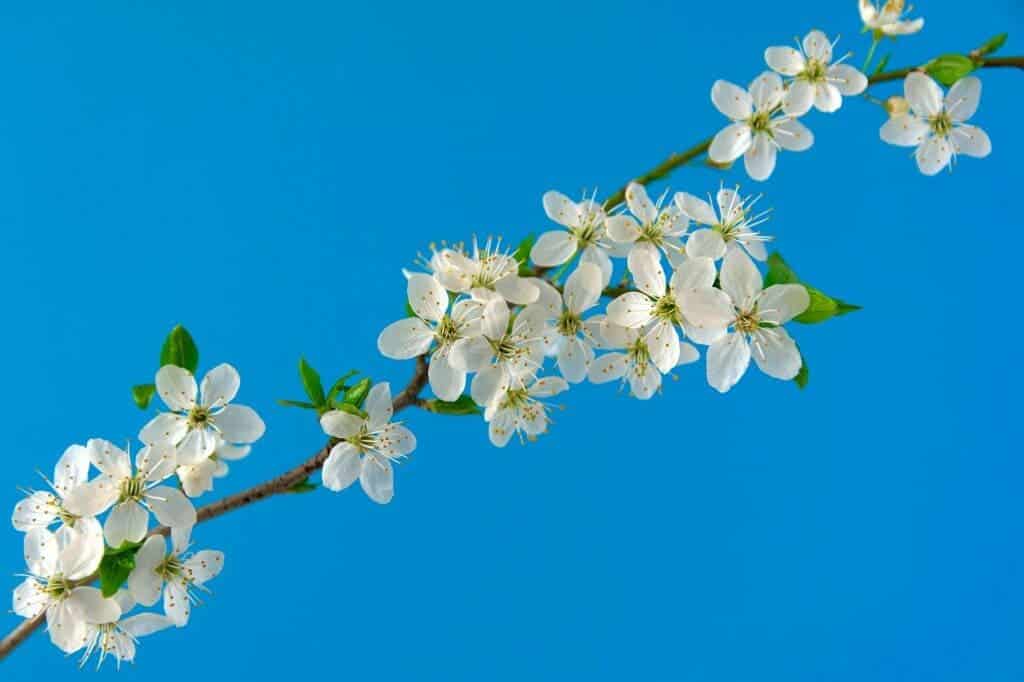The declining number of rainy days in the Northern Hemisphere is making spring arrive earlier and earlier for plants in this half of the globe, new research reports.

We have known that warmer average temperatures, a product of climate change, have been causing plants to sprout leaves earlier every year. A new study comes to add details to this picture, reporting that changes in precipitation patterns are also impacting this process.
According to the findings, the decrease in the number of rainy days every year has the second-greatest effect on plants, having quickened the emergence of leaves over the last few decades.
Springing early
“Scientists have looked mainly at how temperature affects when leaves first appear and, if they considered precipitation at all, it was just the total amount,” said Desheng Liu, co-author of the study and professor of geography at The Ohio State University. “But it isn’t the total amount of precipitation that matters the most — it is how often it rains.”
For the study, the team calculated that the decline in the frequency of rainfall in the Northern Hemisphere will cause spring (as defined by plants producing fresh leaves) to arrive sooner. The findings are based on datasets from the United States, Europe, and China, taken in points north of 30 degrees latitude (the northern third of the world). This data included the date each year when observers first note the presence of leaves on wild plants. The team also used satellite images from 1982 to 2018, which recorded when vegetation started to green.
Onset of leafing was then compared to data reporting on the frequency of rainy days each month at the investigated sites.
Overall, the team explains, the (steady) decline in rainy days over the years was associated with earlier onset of leafing in most areas of the Northern Hemisphere. The only exception were grasslands in predominantly semi-arid regions, where a decrease in precipitation (fewer rainy days) slightly delayed spring.
The results were used to create a model that estimates how much sooner spring would arrive in different areas of the Northern Hemisphere through to 2100. Current estimates place this figure at 10 days earlier than the calendaristic onset of spring by 2100. The team calculates that it will arrive one to two days earlier, on average, every decade through to 2100.
As to the link between rainfall and leafing, the team offers two main reasons. The first is that fewer rainy days means fewer overcast days in late winter and early summer. Due to this, plants receive more sunlight during this time, which stimulates the emergence and growth of leaves.
Secondly, more sunlight also means higher average air and soil temperatures during the day. At night, without clouds to reflect heat back down, temperatures will drop more rapidly.
“This contrasting effect earlier in the year makes the plants think it is spring and start leaf onset earlier and earlier,” said study co-author Jian Wang, a doctoral student in geography at Ohio State.
“We need to plan for a future where spring arrives earlier than we expected. Our model gives us information to prepare”.
The paper “Decreasing rainfall frequency contributes to earlier leaf onset in northern ecosystems” has been published in the journal Nature Climate Change.









